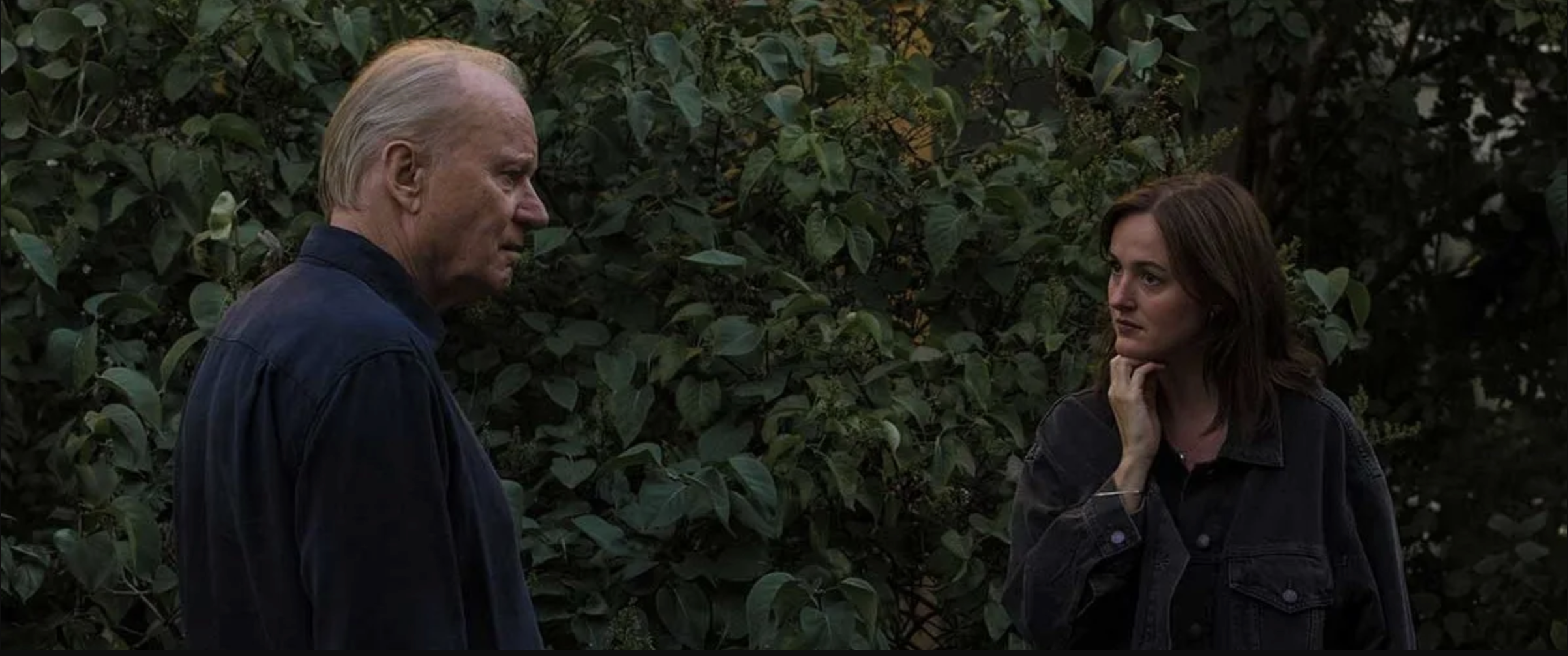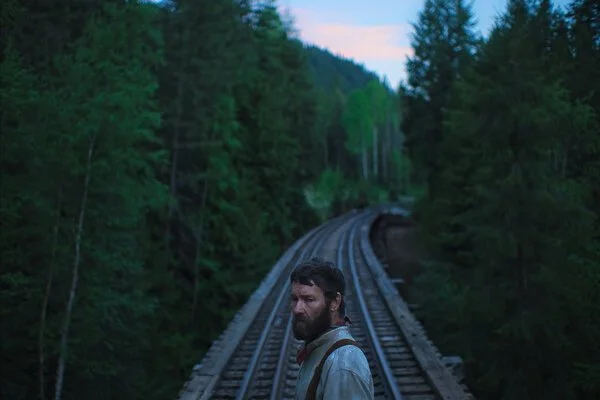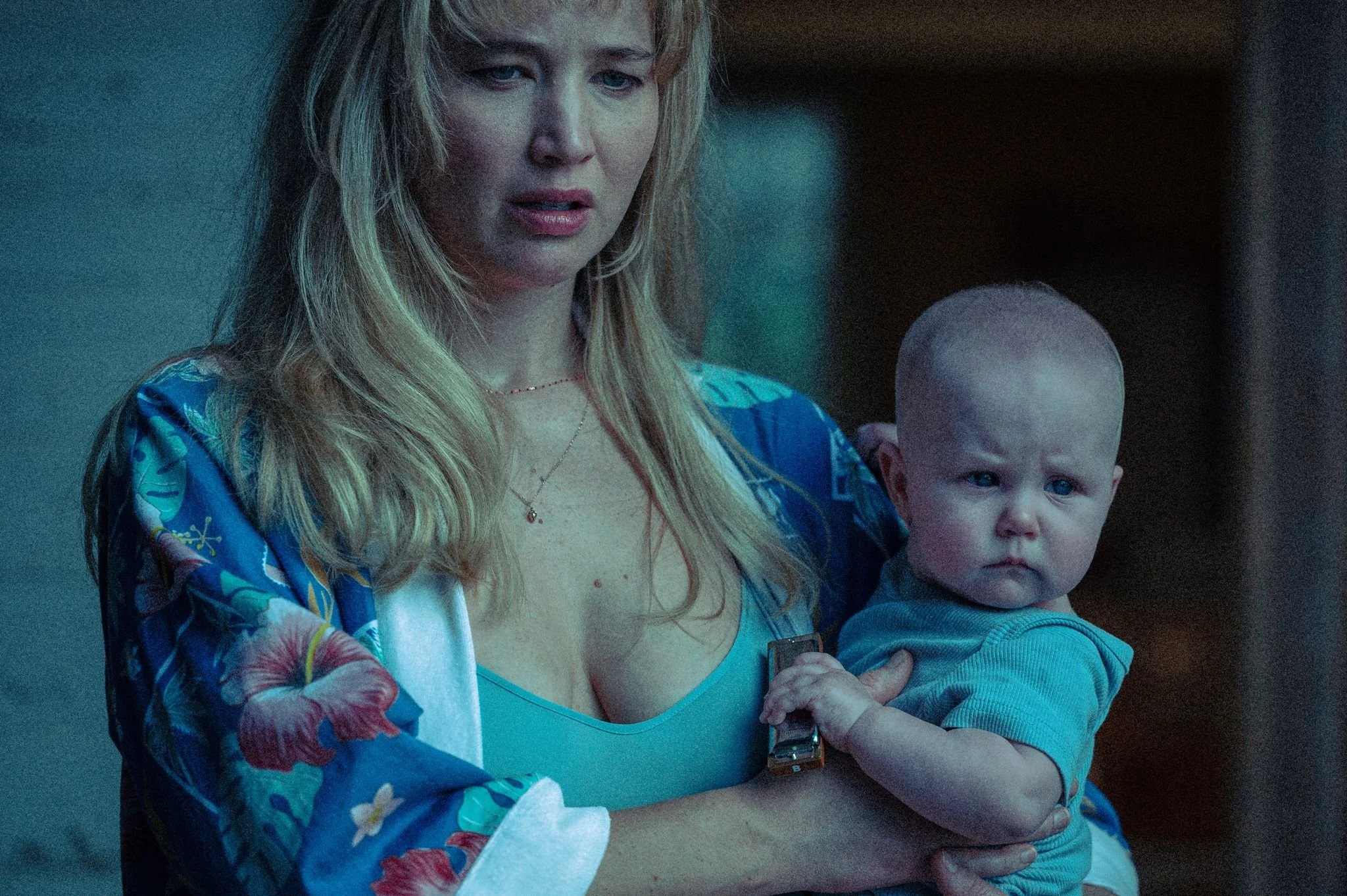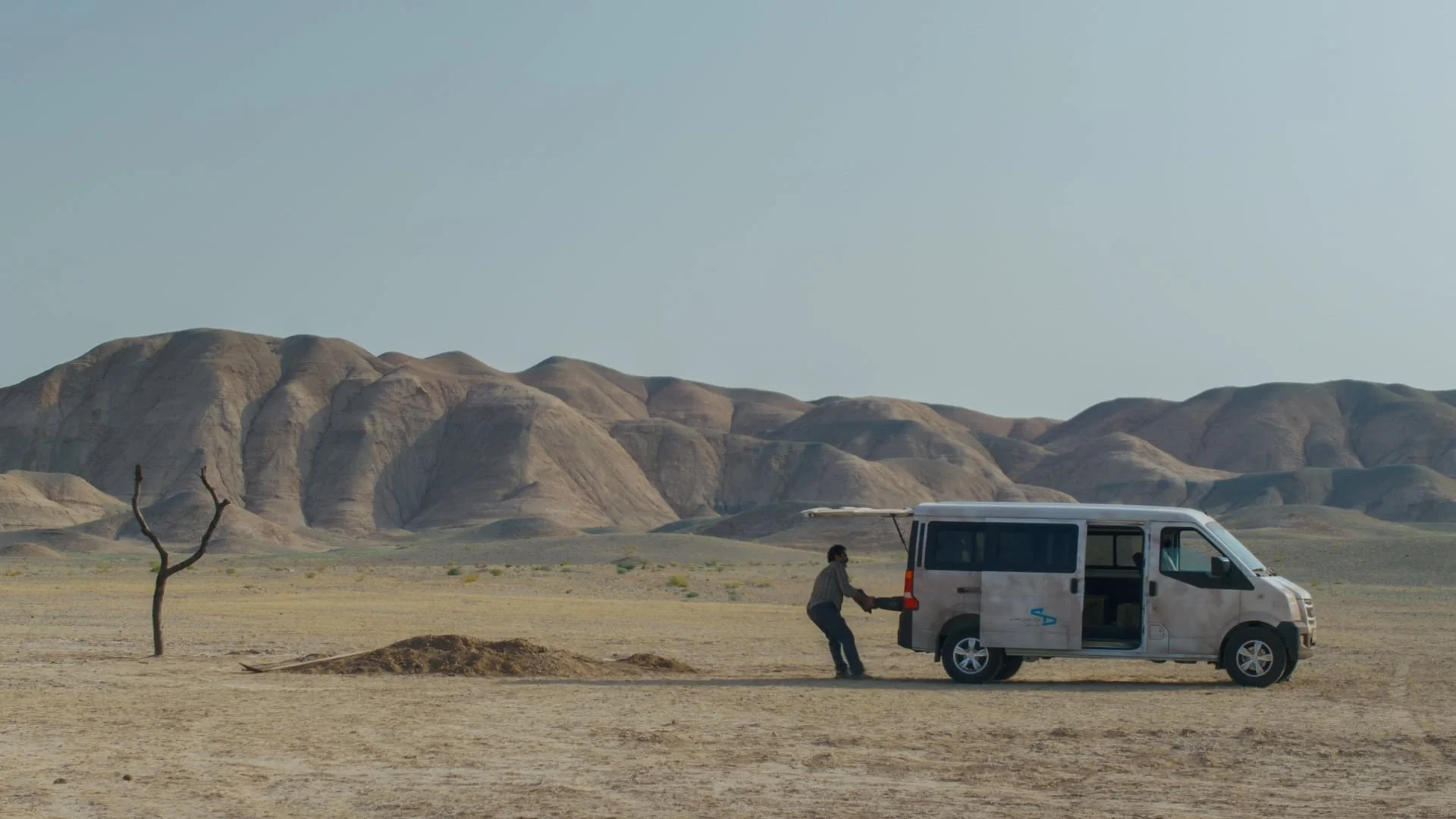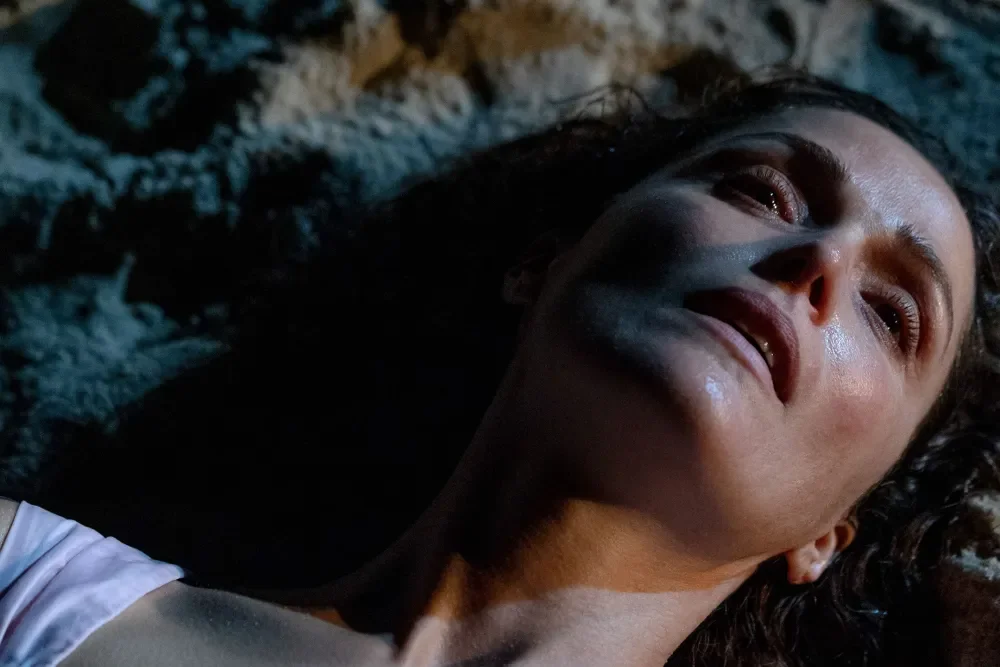SENTIMENTAL VALUE
Directing: A-
Acting: A
Writing: A-
Cinematography: A-
Editing: A-
Anyone with a thing for juicy family dramas should look no further than Sentimental Value, Norwegian director Joachim Trier’s follow-up to his similarly excellent The Worst Person in the World (2021). The person he cast in the starring role is also the same in both films: the wonderful Renate Reinsve, here playing Nora Borg, an accomplished stage actress in Oslo, where she lives in a home that has been in her family for generations.
If I had any minor nitpick about Sentimental Value, it would be how no one ever talks about the hugeness of this house, which appears to have three stories and an unspecified but certainly large number of rooms. The generational history is discussed as far back as Nora’s great great grandparents, but I don’t recall any family iteration being larger than a family of four: two parents and two kids. Clearly more recent generations aquired the house through inheritance; maybe earlier generations actually made it a multi-generational home? I kept wondering how the hell any of them kept it clean. None of these generations are shown with a housekeeper.
Surely it would make sense that such a house would be easier to afford in the era of World War II—today, in the United States at least, this house would have been converted into an apartment complex long ago. Granted, this is Norway, and a lot of things work differently there—although the simple tenets of capitalism infect every corner of the globe. And, to be sure: this house figures prominently in the plot of Sentimental Value, a beautiful repository for collective memory and generational trauma, from Nora’s grandmother’s Nazi imprisonment and subsequent suicide inside the house, to Nora and her sister Agnes (Inga Ibsdotter Lilleaas, also excellent) witnessing the volatility of their parents’ marriage until their father, Gustav (Stellan Skarsgård), leaves and spends the better part of the rest of their lives estranged from them.
Sentimental Value opens shortly after the death of Nora and Agnes’s mother, a character we really never get to know. This is about their relationship with their father, a once-famous director who has not made a film in 15 years. But, he has now written an incredible script, with the lead part tailor made for Nora, who wants nothing to do with it. Searching for other options, Gustav turns to an American actress he meets at a local film festival: Rachel Kemp, played by Elle Fanning in a really tricky part that she nails. Rachel is curious about the deep sadness of the suicidal character she’s playing, and Gustave has to tell her more than once that it’s not about his mother. Meanwhile, he asks Rachel to dye her hair the same color as Nora. (And incidentally, Elle Fanning and Renate Reinsve bear an uncanny resemblance. If not for the different accents, they could more believably play sisters than the sisters we actually see onscreen here.)
What Gustav has written is highly fictionalized but still has clear similarities to his own life and family—and this is where we return, yet again, to the house. Gustav wants to shoot the film in the family home. He also wants to use his young grandson, Erik (Øyvind Hesjedal Loven, the only cast member who is clearly not a practiced actor, just like the character), in the production—just like he once did Agnes, in a previous World War II-era film. Agnes was a great screen presence at the time, but did not pursue acting as a career as Nora did. Gustav, ever the undependable dad, complains of his dislike for live theater, and so never comes to Nora’s plays.
All of this comes together in a plot that is complex but never difficult to follow, and perhaps may even be a bit slowly paced for some viewers. It’s worth noting that although this is a family drama about two sisters with deep resentment toward their father, there are no histrionics here, no scene made for an Oscar clip. Where other movies of this sort go for familial cruelty, this one leans more heavily into a kind of benign neglect. There’s something about Stellan Skarsgård’s performance, though, that still elicits empathy. Few people can convey subtly tortured interiority like Stellan Skarsgård.
Gustav is a man who can’t help who he is, and doesn’t really know how to change—certainly not now at the age of 70. But, over time he uses this new script of his to convey how he has an uncanny understanding of Nora in particular, the daughter he wrote it for. In the end, it is through their art that they finally find a way to connect, and this is the subtle but very sweet note on which the story ends. Sentimental Value takes a sort of scenic route through its themes, never exactly a thrill of an experience but one with a finesse that stays with you.
A father-daughter relationship not quite like others you’ve seen.
Overall: A-

